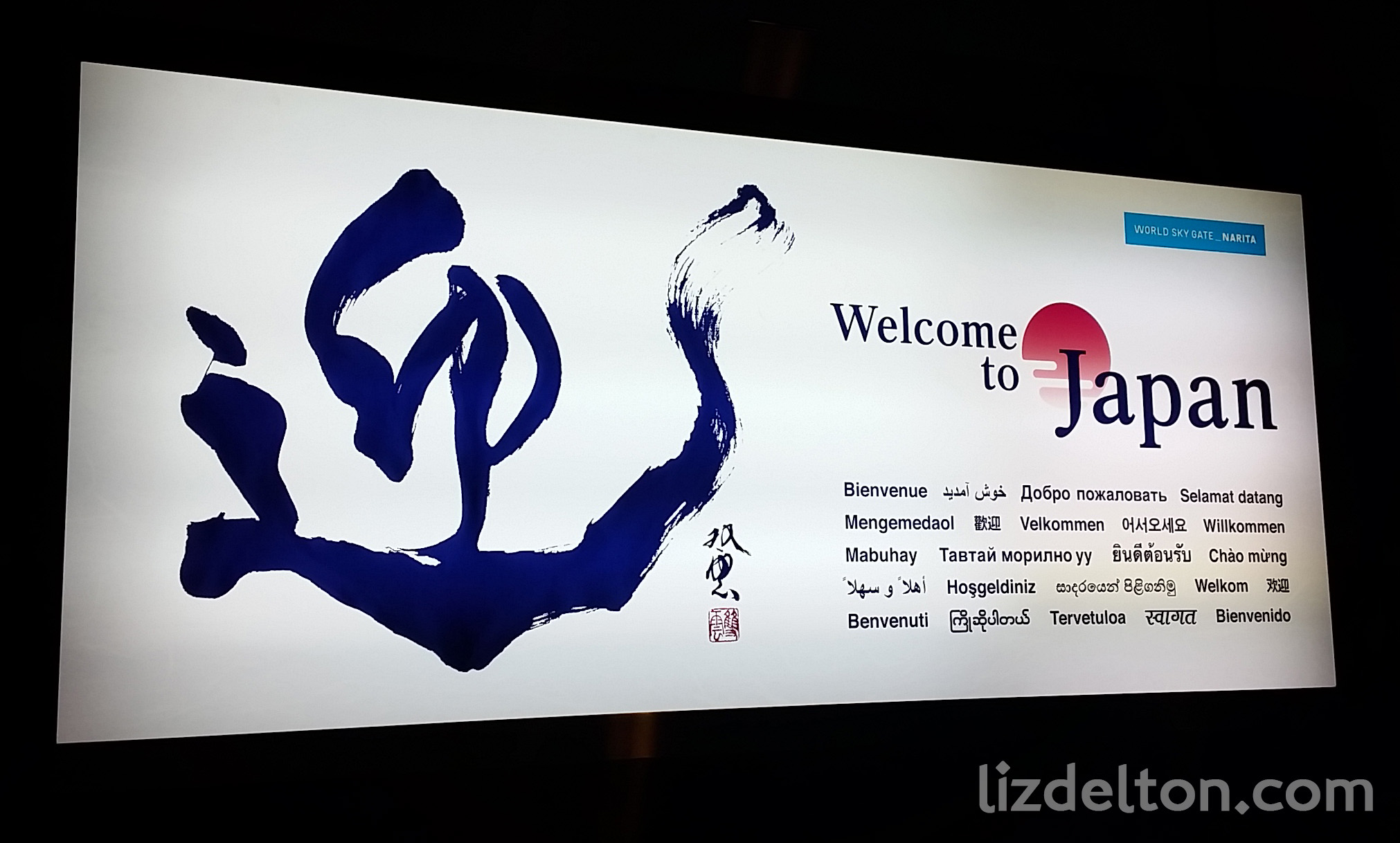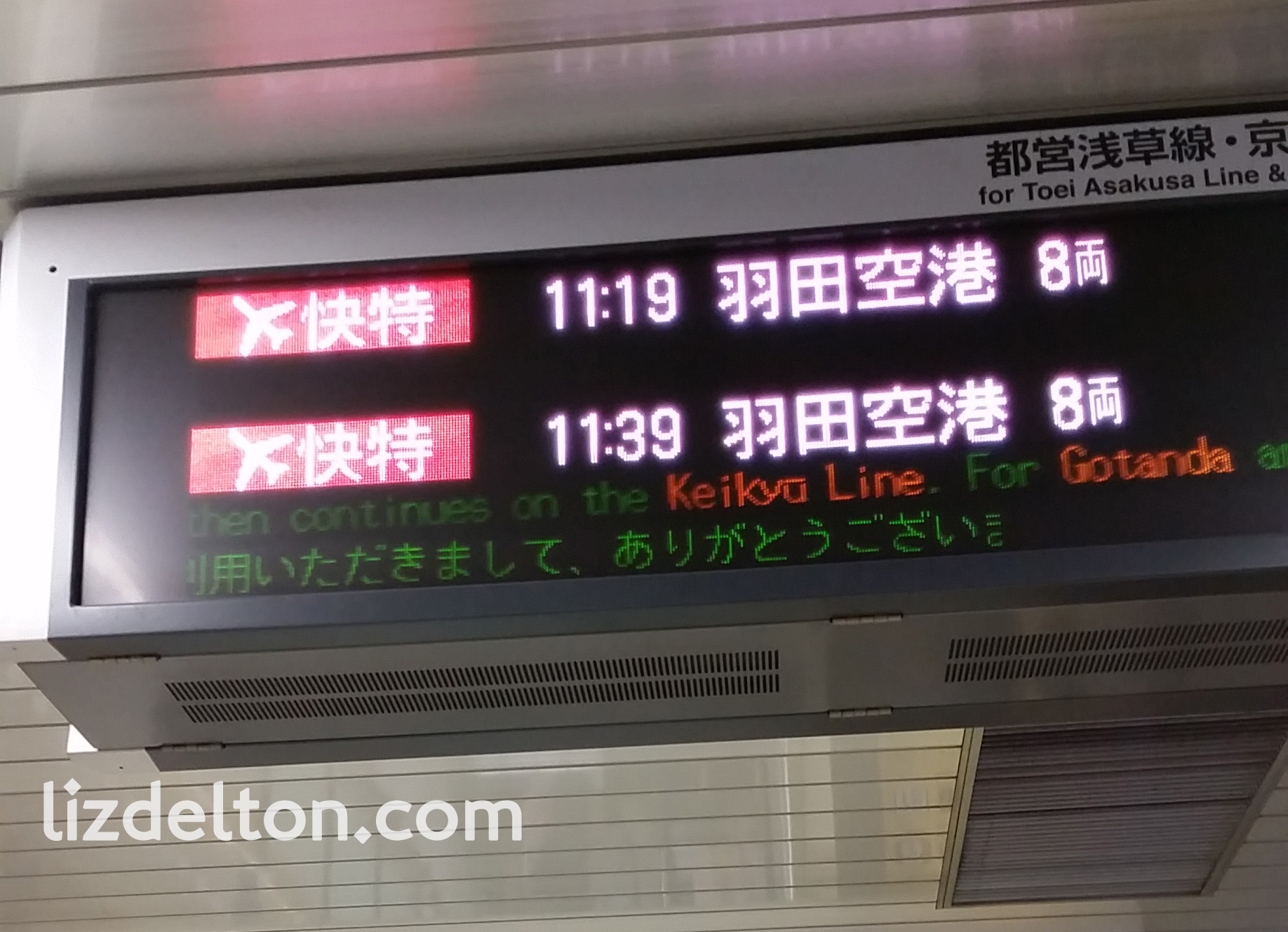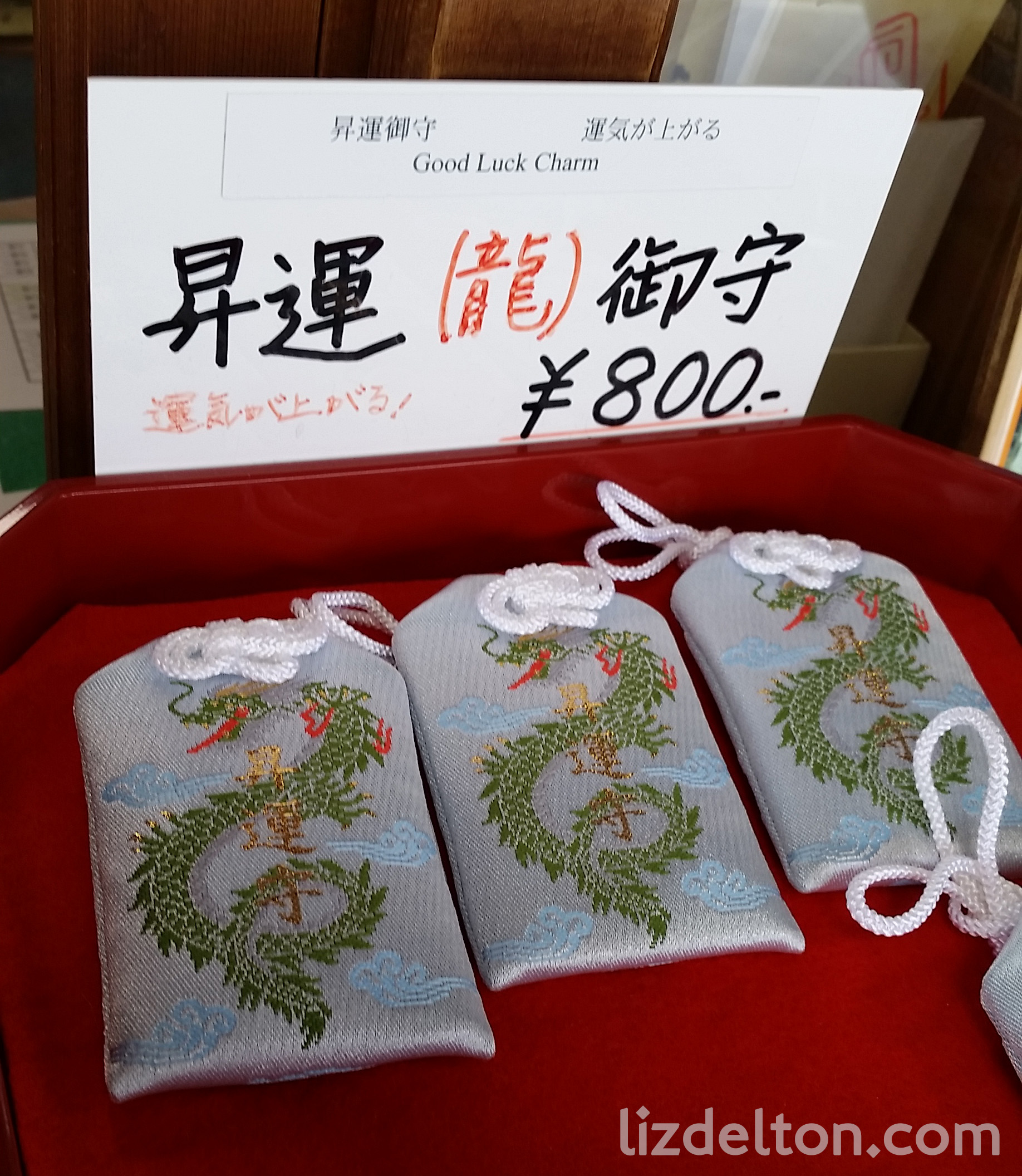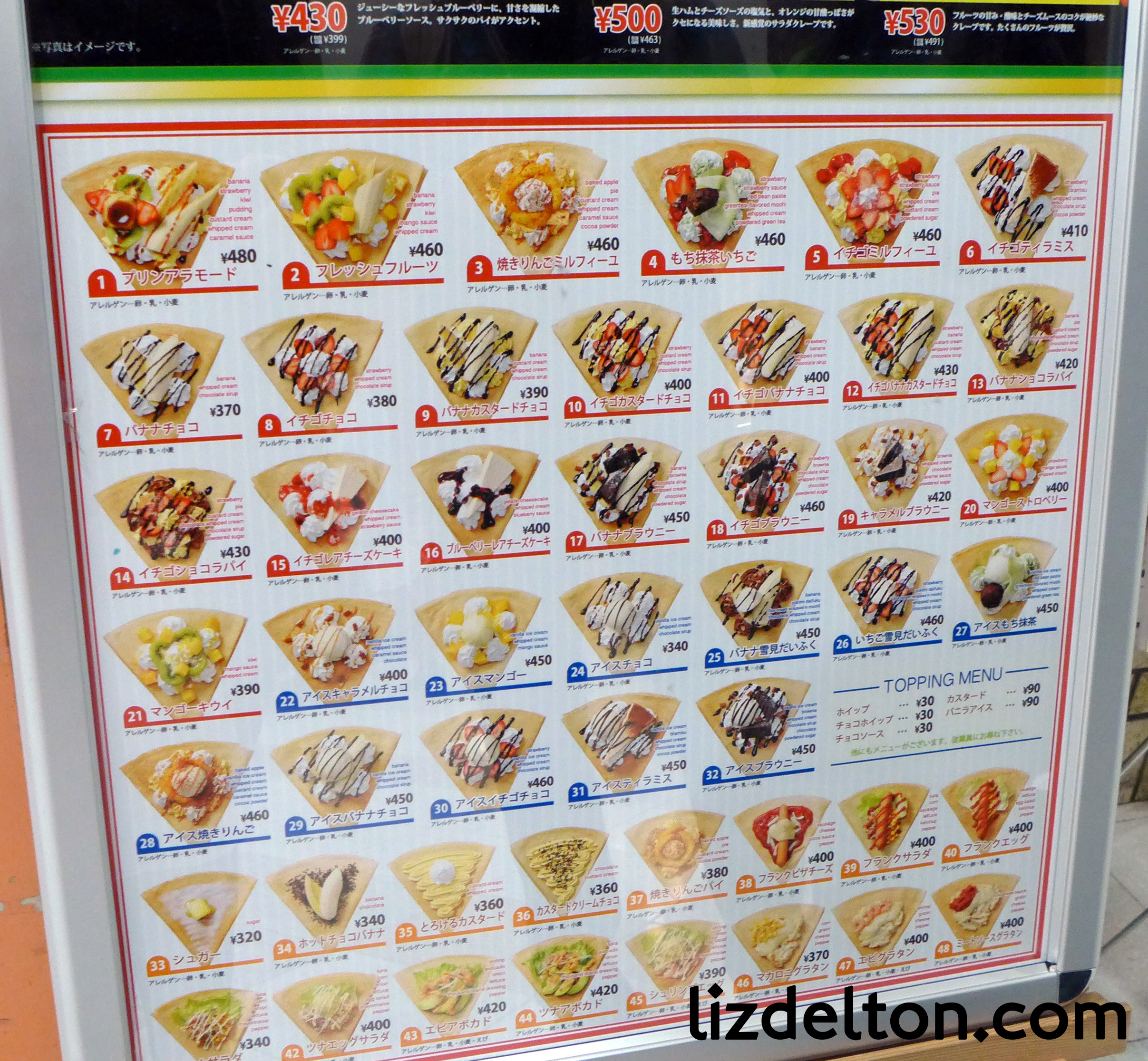Survive in Japan with these Five Words
Now that I’m (mostly) done editing A Rift Between Cities, I finally have some time to work on this series of blog posts I’ve been dreaming up ever since our trip to Japan this spring.
It was cherry blossom season, and we visited Tokyo, Gotemba (to see Mount Fuji), Kyoto, Osaka, Nara, and back to Tokyo. I was a bit worried about not knowing enough of the language, but quickly discovered that five staple words were enough.
Most people we encountered knew a bit of English–and several were kind enough to offer us help in English when we clearly looked lost. Don’t be surprised if someone asks if you need help on the metro, or if you’re wandering the streets looking confused–they’re genuinely trying to be helpful.

One woman even helped us put money on our Suica cards–the machines in the metro station we had stopped in were entirely in Japanese, and some of our cards were running low. She walked us through the machine and showed us which buttons to press. We couldn’t have been more impressed with the kindness of strangers.
In all situations, however, we discovered we needed these five words to get us by:
-
Konnichiwa- こんにちは – “Hello” or “Good Afternoon”
The first and most useful word you should learn.
-
Sumimasen-すみません – “Excuse Me”
You’ll definitely need this one on the metro. People will kindly move out of your way if you announce your need to get through with this phrase.
You can also use this as a greeting if approaching someone for help.
-
Arigatou – ありがとう – “Thank You”
In any language, this is the most important word in your arsenal. A single Arigatou can go a long way. Accompanied by a minuscule bow of your torso, use this to express your thanks in any situation.
If you’re feeling extremely grateful, use Arigatou Gozaimasu ありがとうございます–the equivalence of “Thank you very much”.
-
Kudasai-ください – “Please”
Equally as important as Arigatou, please use Kudasai when asking for anything!
There is also a more formal version: Onegaishimasu おねがいします, but we only heard this once or twice, as Kudasai is more widely used.
-
Gomennasai-ごめんなさい – “I’m Sorry”
Remember this one for the metro, especially since you’re probably carrying luggage. It’s impossible not to bump into anyone, so be sure to offer a Gomennasai if warranted. You might also hear native speakers use an abbreviated “Gomen”.

The deer in Nara Park speak the language of food, particularly the biscuits you can buy for ¥150.
Bonus Words:
Though not strictly necessary, these words were also useful on our trip:
- Ohayougozaimasu-おはようございます – “Good Morning”
Used in greeting. Can also shorten to “Ohayo” - Konbonwa-こんぼんは – “Good Evening”
In greeting - Kore-これ – “This”
I paired this with Kudasai, while pointing at something on a menu: “Kore Kudasai” was pretty easy to remember. - Sore-それ – “That”
The partner to Kore, this one is also easy to remember. - Dozo-どぞ – “Go ahead”
You might not use this one, but you’ll probably hear it a lot when a shop keeper uses it to call the next person in line! You might also hear it expressed as “Hai Dozo”, as in “Yes, go ahead”.
What about Numbers?
When making a purchase, I noticed there was either a cash register which displayed the cost, or the cashier would type the total on a calculator for you.
I thought I had learned the numbers before our trip–but would often forget them under pressure, so therefore didn’t end up using them much. Overall I would say they’re not strictly necessary.
What about ordering food?
In eating establishments, almost always they will use Roman words alongside the Japanese. In some cases, we didn’t even need to speak to anyone to order–several ramen shops we went to had vending machines where you purchased a ticket with the food you wanted, and these would always have pictures. Then, you simply hand your ticket to the person waiting your table.

That’s it!
With those five words we traveled the Tokyo metro, took several Shinkansen across the country, ate in plenty of different types of food establishments, did tons of shopping, bought tickets for parks and aquariums, visited temples and shrines, and were able to thoroughly enjoy ourselves.
For my first time in Japan, I think I can safely say those five words are all you need–though, of course, now that I want to return, I’m learning a bit more so as to interact with people more!
またね Matane! (See you Later)

